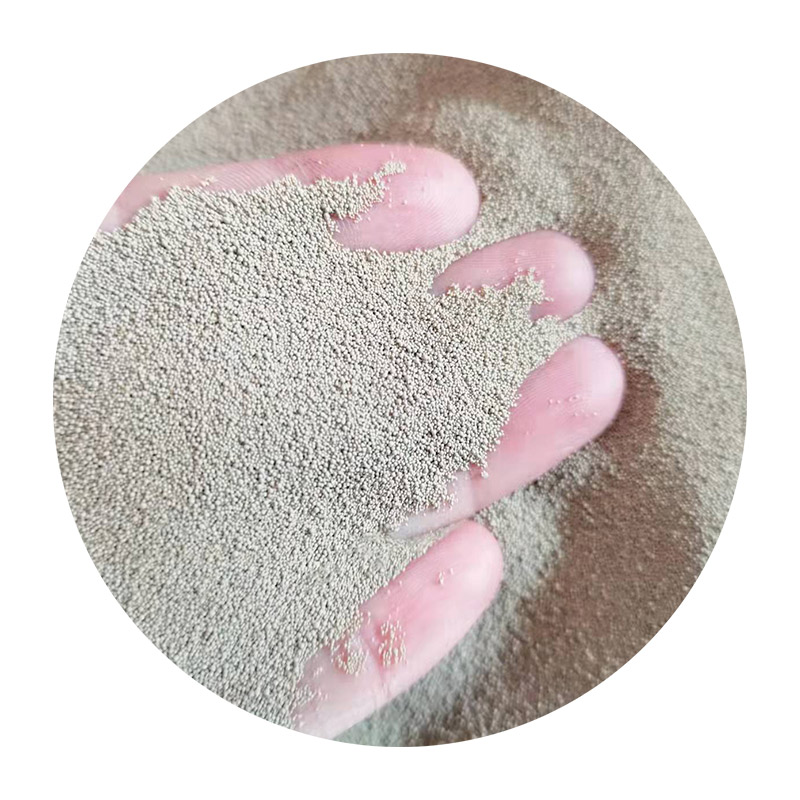Sanding 3D Printed Objects Techniques for a Smooth Finish
In the burgeoning world of 3D printing, the ability to produce intricate designs and objects has revolutionized various industries, from engineering to art. However, one of the often overlooked aspects of 3D printing is the post-processing phase, which is essential for achieving a polished finish. Sanding is one of the most effective techniques for enhancing the quality of 3D printed objects, and this article delves into the methods, tools, and best practices for sanding your prints to perfection.
Understanding the Need for Sanding
3D prints typically exhibit visible layer lines, a characteristic that can detract from the aesthetic appeal and functional quality of the object. These imperfections arise from the additive manufacturing process, where material is deposited layer by layer. While some prints may look satisfactory right off the printer, many require additional work to achieve a smooth surface, especially components that will be painted, or those that will be visible in a final product.
Tools and Materials for Sanding
Before diving into the sanding process, it’s essential to gather the necessary tools and materials. The primary items include
1. Sandpaper Various grits of sandpaper will be needed, ranging from coarse (80-120 grit) for initial sanding to finer grits (220-400 grit) for achieving a smooth finish. For very fine details, micro-grits (600-2000 grit) can be used.
2. Sanding Blocks These can help maintain the flatness of the sandpaper and provide better pressure distribution.
3. Sanding Sponges These are particularly useful for curved surfaces due to their flexibility.
4. Protective Gear Always use a mask and safety goggles when sanding to avoid inhaling dust or getting particles in your eyes.
The Sanding Process
sanding 3d printed objects

1. Initial Assessment Start with a thorough assessment of the print. Identify areas that require more attention, such as layer lines, support structures, or rough spots.
2. Coarse Sanding Use coarse grit sandpaper to start removing the layer lines and imperfections. Sand in a circular motion or back and forth along the length of the object. Be gentle to avoid creating new scratches or damaging the print.
3. Progress to Finer Grits After the bulk of the imperfections are removed, switch to finer sandpaper. Gradually progress through the grits, allowing for an increasingly smooth finish. Ensure that you evenly sand the entire surface to avoid unevenness.
4. Wet Sanding For a glass-like finish, consider wet sanding. This technique involves using water or a lubricant to minimize debris and heat. Wet sanding not only helps in achieving a smoother finish but also extends the life of your sandpaper.
5. Cleaning the Object Once sanding is complete, thoroughly clean the object to remove dust and debris. A damp cloth can be used, or the object can be rinsed under water, depending on the material.
6. Final Touches If desired, further treatments such as priming or painting can be applied after sanding. These steps will enhance the appearance and protect the print.
Best Practices
- Be Patient Achieving a perfect finish takes time. Rushing through the sanding process can lead to mistakes and a subpar result.
- Test on Spare Prints If you are new to sanding, practice on spare or failed prints first to develop a technique that works best for you.
- Check for Warping After sanding, inspect your print for any signs of warping or bending, especially if it was subjected to heat during the process.
- Experiment with Different Techniques Each material behaves differently; experiment with various sanding techniques to find what yields the best outcome for your specific 3D print.
In conclusion, sanding is a critical step in the post-processing of 3D printed objects. By utilizing the right tools and techniques, you can transform your prints from rough drafts into polished pieces of art. Whether for functional prototypes or aesthetic masterpieces, mastering the art of sanding can significantly enhance the quality of your 3D printed creations.
Post time:નવેમ્બર . 27, 2024 18:09
Next:Techniques for Achieving a Smooth Finish with Wet Sanding Resin Methods
